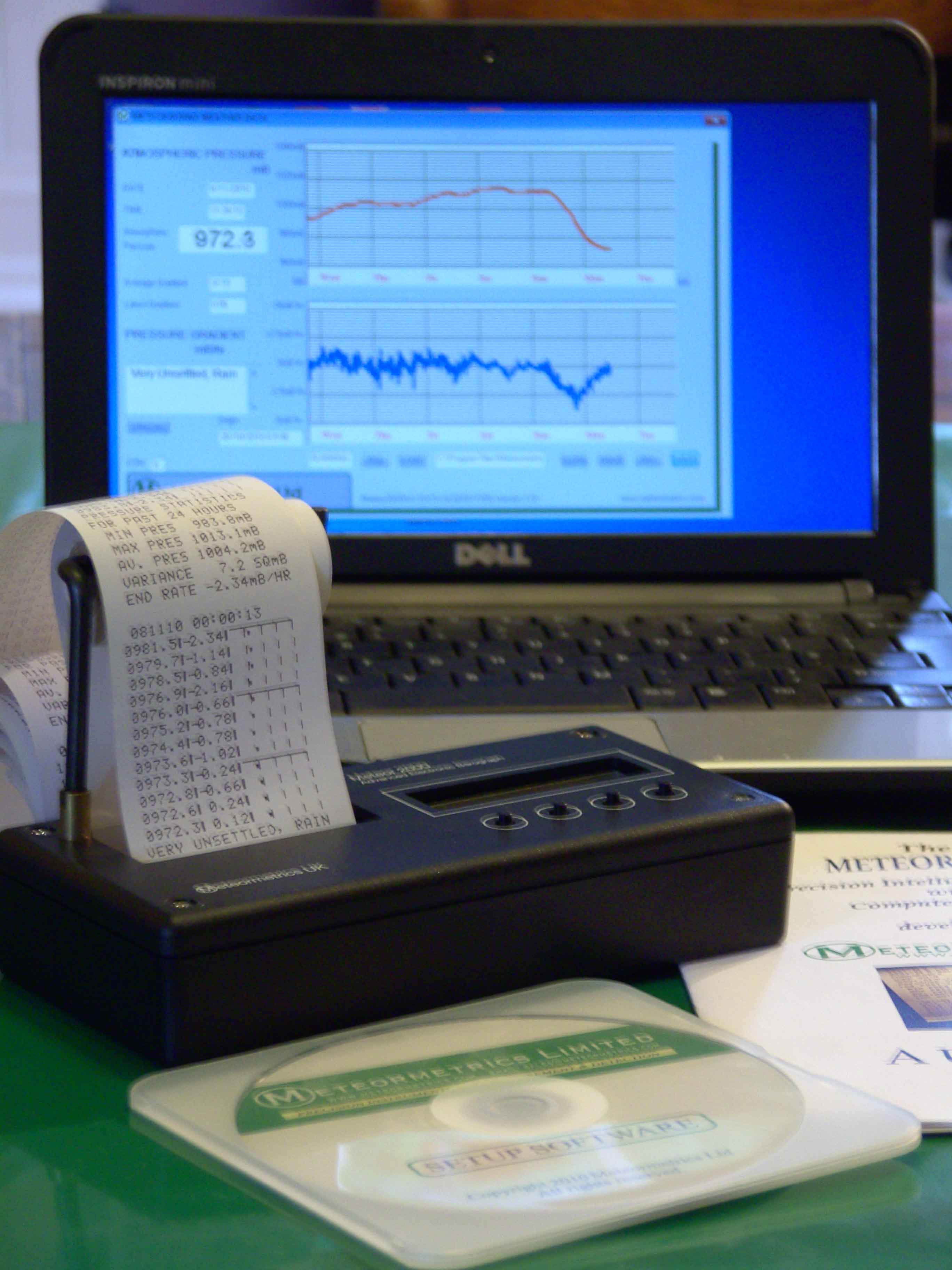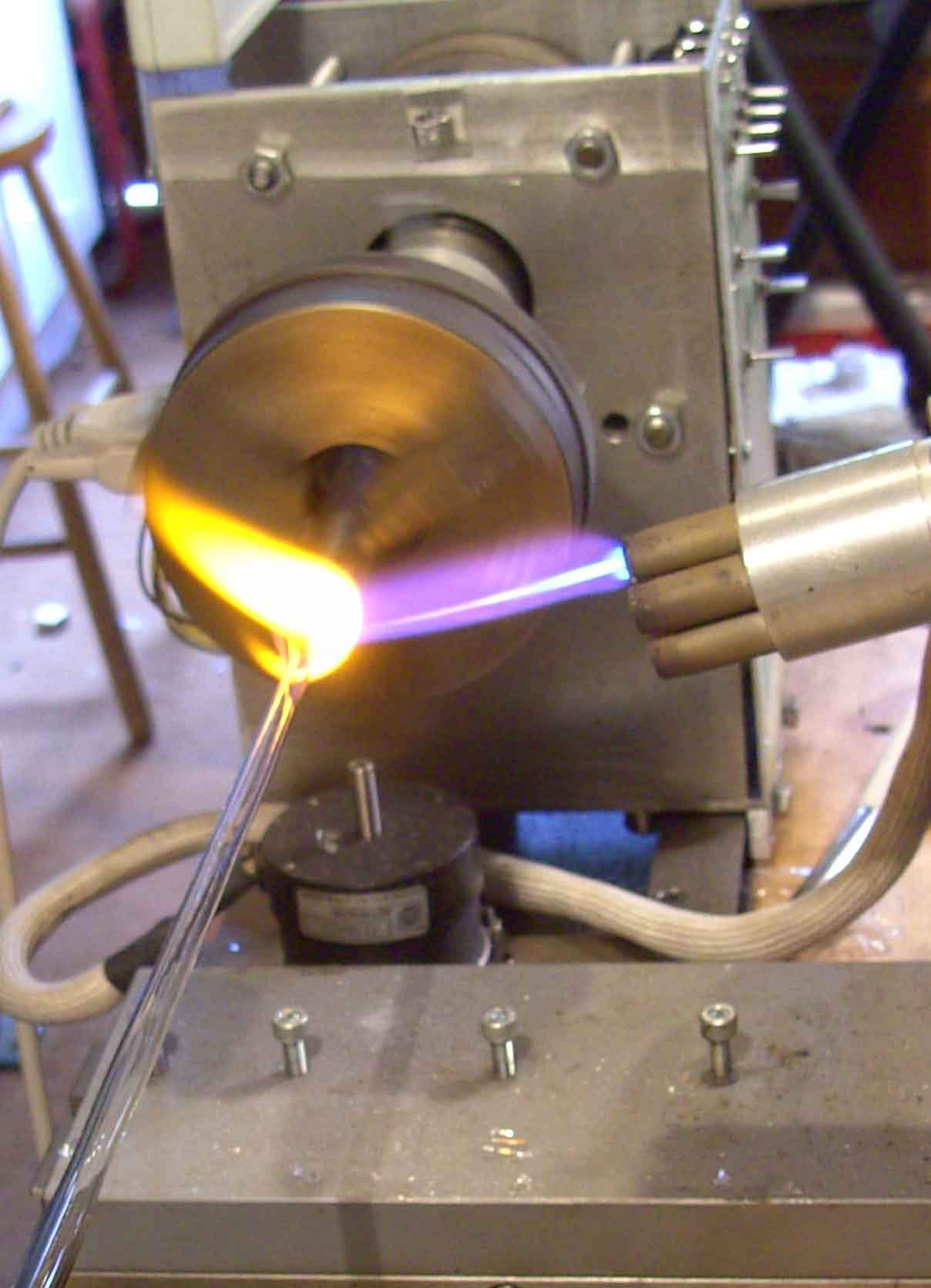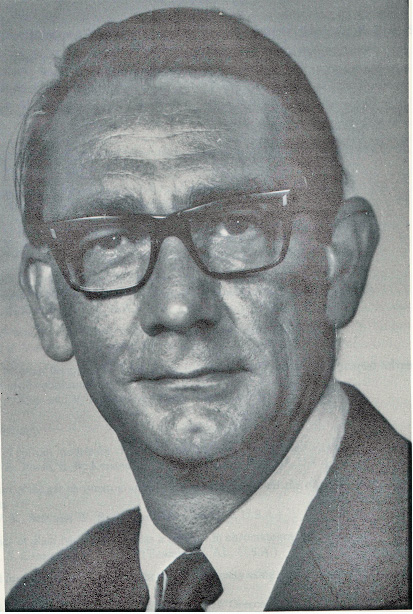ANALYTICAL SPECTROSCOPY
by Raymond P. W. Scott
D.Sc., F.R.S.C., C.Chem., C.Sci. F.A.I.C, F.C.S.
Essential Information for the Analytical Chemist

Specialising in custom-designed, precision scientific instruments, built, programmed and calibrated
to the most exacting standards. The range includes precision dataloging barographs,
with built-in statistical analysis, Barographic Transient Event Recorders
and computer-interfaced detectors and sensors
for environmental monitoring & process control.

A site dedicated to scientific techniques, experimental methods, &
investigative tools for the inventor, researcher
and laboratory pioneer. Articles on glassblowing, electronics, metalcasting, magnetic
measurements with new material added continually. Check it out!
www.drkfs.net
The first
commercial spectrometer model that will be described is that
manufactured by the Hewlett-Packard Corporation. Basically, in this
instrument atomic emission is achieved by means of a helium
plasma, and the light emitted is analyzed by a Diode Array
spectrometer. A diagram showing the basic principles of the helium
plasma atomic Emission Spectrometer is shown in figure 8. It is seen
that it is similar to the Emission Spectrometer that uses argon and
has just been described. The volatilizing plasma is microwave induced
into the helium stream again using a water-cooled transducer. The
sample, which is pre-mixed with the pure helium make-up gas, enters
the plasma and the elements present in the solute are heated to the
required high temperature and emit light, of the expected wavelength.
The light emitted is transmitted through a quartz window, and focused
by a quartz lens and spherical mirror onto a Diffraction Grating.

Courtesy
of the Hewlett-Packard Corporation
Figure
8. The helium Plasma Atomic Emission Spectrometer
A
segment of the dispersed light from the grating is then focused by a
second mirror and then onto the Diode Array. The Diode Array may have
any number of diodes, but the instrument described here and
manufactured by Hewlett-Packard has 211 diodes in its array and the
position of the array is adjustable. Consequently, different
wavelength ranges can be selected for monitoring, from the full
Spectrum provided by the grating. The total wavelength range covered
by the instrument is from 170 nm to 800 nm. Each diode element is 61
μm
wide and the entrance slit is 50 μm
wide. The Diode Array can be scanned continuously during sampling and
the data from each diode stored in a computer. In this way, by
selecting the wavelength pertinent to a particular element, then that
specific element can be assayed. The system can be connected to a
liquid chromatograph is so desired (provided a low dead volume
coupling is employed) and then the system could be considered as the
atomic emission equivalent to single-ion-monitoring in mass
spectrometry tandem systems. In addition, by employing data for
carbon, hydrogen , oxygen and nitrogen , the empirical formula of an
organic compound can also be approximately determined.

About the Author
RAYMOND PETER WILLIAM SCOTT was born on June 20 1924 in Erith, Kent, UK. He studied at the
University of London, obtaining his B.Sc. degree in 1946 and his D.Sc. degree in 1960.
After spending more than a decade at Benzole Producers, Ltd. Where he became head of
the Physical Chemistry Laboratory, he moved to Unilever Research Laboratories as
Manager of their Physical Chemistry department. In 1969 he became Director of Physical
Chemistry at Hoffmann-La Roche, Nutley, NJ, U.S.A. and subsequently accepted the position
of Director of the Applied Research Department at the Perkin-Elmer Corporation, Norwalk, CT, U.S.A.
In 1986 he became an independent consultant and was appointed Visiting Professor at Georgetown
University, Washington, DC, U.S.A. and at Berkbeck College of the University of London; in 1986
he retired but continues to write technical books dealing with various aspects of physical chemistry
and physical chemical techniques. Dr. Scott has authored or co-authored over 200 peer reviewed
scientific papers and authored, co-authored or edited over thirty books on various aspects of
physical and analytical chemistry. Dr. Scott was a founding member of the British chromatography
Society and received the American Chemical society Award in chromatography (1977), the
M. S. Tswett chromatography Medal (1978), the Tswett chromatography Medal U.S.S.R., (1979),
the A. J. P. Martin chromatography Award (1982) and the Royal Society of Chemistry Award in
Analysis and Instrumentation (1988).
Dr. Scott’s activities in gas chromatography started at the inception of the technique,
inventing the Heat of Combustion Detector (the precursor of the Flame Ionization Detector),
pioneered work on high sensitivity detectors, high efficiency columns and presented fundamental
treatments of the relationship between the theory and practice of the technique.
He established the viability of the moving bed continuous preparative gas chromatography,
examined both theoretically and experimentally those factors that controlled dispersion
in packed beds and helped establish the gas chromatograph as a process monitoring instrument.
Dr. Scott took and active part in the renaissance of liquid chromatography,
was involved in the development of high performance liquid chromatography and invented
the wire transport detector. He invented the liquid chromatography mass spectrometry
transport interface, introduced micro-bore liquid chromatography columns and used them
to provide columns of 750,000 theoretical plates and liquid chromatography separations
in less than a second.
Dr. Scott has always been a “hands-on” scientist with a remarkable record of accomplishments in chromatography ranging from hardware design to the development of fundamental theory. He has never shied away from questioning “conventional wisdom” and his original approach to problems has often produced significant breakthroughs.



